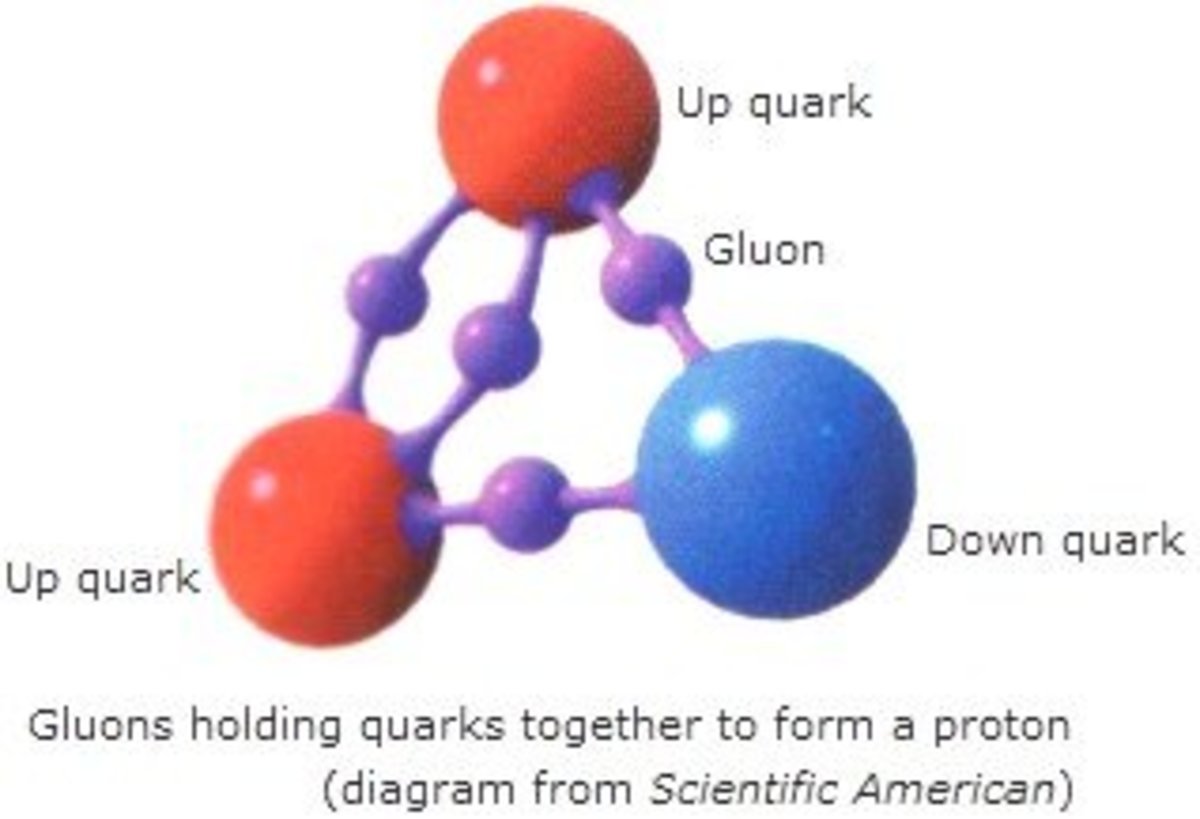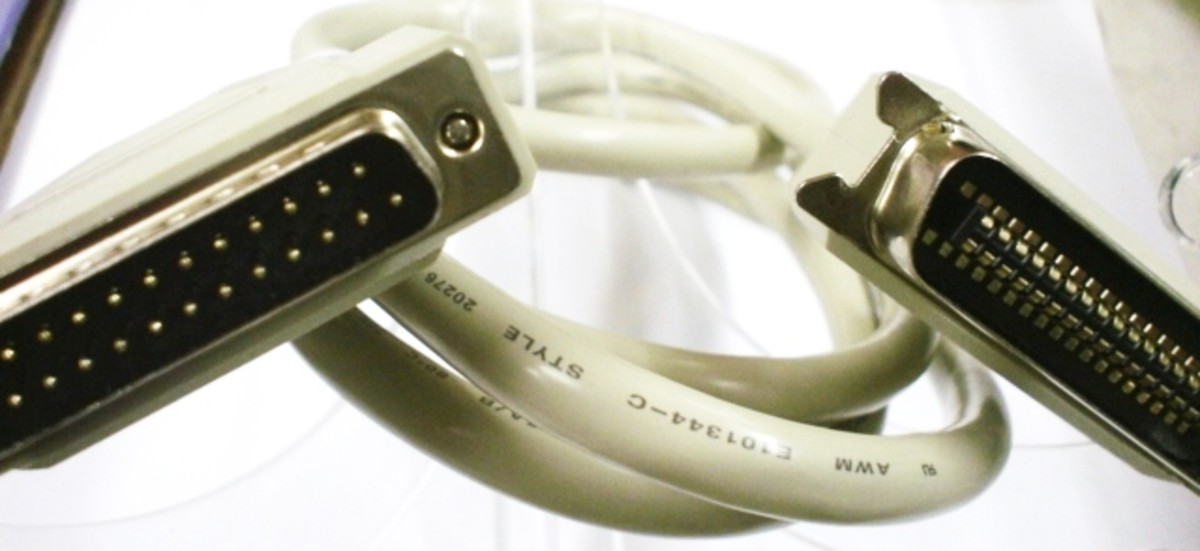how laser printers work

Laser printers use a very sharp beam of light called a laser beam, to help produce the text or the image on paper. This process is called ElectroPhotographic (EP). It was originally developed by Xerox, and it is based on use of static electricity to transfer the toner ink, to the paper according to the electrical signals received from the pc. Laser printers are used for high-quality text and image printing, they have faster speed than other printers, and they also have a low cost of printing per page. This is what makes the laser printing appealing, after the initial outlay. Laser printers are also known as page printers and the printing speed is represented as the pages per minute (ppm).
Cleaning
The EP drum inside the laser printer must be clean of any toner particles left from the previous print image before it is able to use a new image on its surface. A rubber blade inside the cleaning assembly removes the particles of toner which reside on the drum surface. The removed toner is then collected in the debris cavity or the waste reservoir located on one side of the cleaning unit. There is a discharge lamp with a specific light wavelength that then removes the remaining charge from the drum. After the charge is completely removed, the drum becomes electrically neutral.
Conditioning
The electrically neutral drum is insensitive to any light and can't take any image onto its surface. There is a very thin wire called the primary corona wire, which is used to distribute a high negative charge (–600 to –1000 volts) evenly over the surface of the drum. This negative charge then makes the drum photosensitive or photoconductive.
Writing
During this part of the process, the printer’s laser beam writing unit and also a series of mirrors are then used to draw tiny dots over the EP drum.This is the final image to be printed. The area of the drum that the laser beam comes in contact with loses some of the negative charge (by approximately –100V) and becomes more positive (the charge is still considered negative, although they are not as negative as the areas that havn't been hit by the laser beam). When the laser beam has finished building the image on the positive EP drum, the printer’s controller then starts the paper feeding process by pulling a sheet of paper into the printer.
Developing
The drum is rolled in a toner reservoir containing the fine dry plastic particles that are mixed in with the carbon black or coloring agents. These toner particles are then charged with –200 to –500 volts. The charged toner particles are then electrostatically attracted to the drum’s surface where the laser light has left the printed image. The surface of the drum now holds the printed image pattern in the form of the toner particles.
Transferring
The drum is pressed over the rolled paper, which has a positive charge. There is another type of corona wire known as the transfer corona wire, which is used to charge the paper with a very high positive charge. The positively charged paper then attracts the toner particles from the drum leaving the image on the paper.
Fusing
This is when the paper is passed through the fuser assembly containing the pressure rollers and the heating rollers. The rollers in the fuser assembly apply the heat and pressure to the paper to firmly attach the toner particles to the paper surface. The heating rollers provide up to 200 degrees Celsius, and this is why the printer paper is hot when it comes out. Once the laser printing process is complete, the printer paper is then rolled out in the output tray. At the same time the EP drum is cleaned of the residual toner particles and stripped of the negative charge to make it electrostatically neutral.








